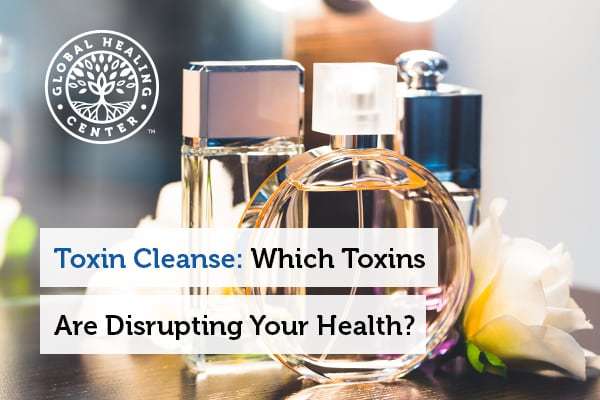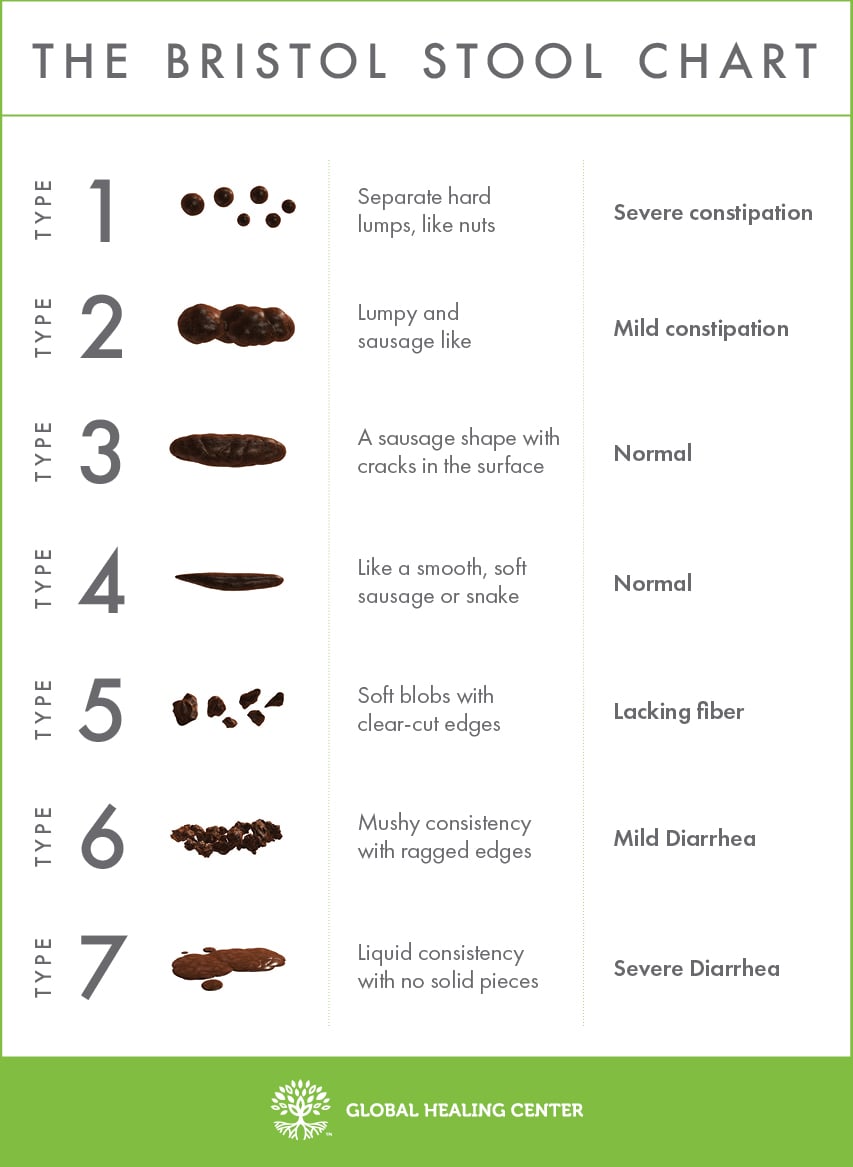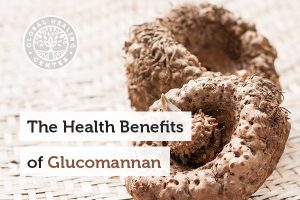
Astragalus root is an herb that’s tremendously important in traditional Chinese medicine. It is known for its many health benefits, especially its potential to slow the aging process. Research has revealed this herb may have the ability to encourage healthy function of the heart, lungs, kidneys, and liver. It has also been shown to support normal cholesterol and blood pressure, and encourage a healthy response to psychological stress. Because of its many qualities, astragalus is frequently used to enhance therapies for various health issues.[1]
What Is Astragalus Root?
Astragalus root comes from the astragalus, or Astragalus membranaceus plant, which is native to China. There are more than 2,000 species of this plant. Also called Mongolian milkvetch and huáng qí, this hairy-stemmed plant grows year-round and is celebrated for the beneficial flavonoids contained within its root––plant-based molecules that offer antioxidant properties. Astragalus root has been used in traditional Chinese medicine for centuries and has more recently become a popular herbal remedy and nutritional supplement in the United States.[1, 2]
What Are the Benefits of Astragalus Root?
A primary benefit of astragalus root is as an adaptogen––a natural substance that works with a person’s body to regulate the effects of stress and fatigue. In this way, astragalus root can protect the body from emotional, physical, and mental stress. Additionally, studies have shown a positive effect on respiratory health, seasonal wellness, cardiovascular health, and more. It’s this herb’s positive impact on the immune system and its antioxidant qualities that enable it to support the health of so many organs and reduce the effects of aging.[3]
Anti-Aging
The chromosomes in your cells that hold your DNA are bound by structures called telomeres. During cell division, telomeres shorten. This process signals a stop in cellular growth called cellular senescence, which can lead to aging and illness. T cells, which are part of the immune system, activate the enzyme telomerase. This enzyme fixes and extends the telomeres, helping the life of the cell. Extracts from astragalus root have been shown to activate telomerase activity in human T cells resulting in healthier cell longevity and function.[4]
Aside from activating the telomerase enzyme for the life extension of cells, astragalus’ ability to protect mitochondria is another reason it’s been shown to slow the aging process. By reducing or eliminating harmful free radicals from cells, damage may be reduced or reversed in cells, slowing the aging process.
Astragalus root is even an effective ingredient in many anti-aging beauty creams.[5, 6]
Anti-Stress
Whether it’s because of a poor diet, lack of sleep, environmental toxins, or even emotional or physical challenges, everyone experiences stress from time to time. Whenever you get “stressed-out,” a systemic change happens in your body from the release of stress hormones. This change leads to a weaker immune system and an imbalance in your gut microflora. Astragalus root, being an adaptogen, can help the body normalize itself or “adapt” to different types of stress or physical changes. Studies revealed that astragalus root can lower the stress hormone, cortisol, and act as a buffer to reduce effects from stress.[7, 8]
Heart Health
Your heart is the motor that pumps nutrient-rich blood throughout your body to feed all of your organs and keep them in working condition. This vital organ can become unhealthy and develop cardiovascular issues when exposed to certain toxins or illnesses.
The rise in unhealthy diets and sedentary lifestyles in Western cultures has led to more reports of heart conditions in these parts of the world. Studies on cardiovascular issues have increased as well, with growing attention focused on the offerings of traditional Chinese medicine. Much of this research is focused on astragalus root and its heart health benefits. Studies done on this herb revealed that the cardioprotective qualities in astragalus root, namely the flavonoids and polysaccharides, support artery health and the immune system. Clinical trials showed a marked difference in patients with heart conditions when specific servings of astragalus root extract were given.[9, 10]
Blood Vessel Health
Damaged arteries are often the result of high blood pressure. A buildup of plaque that contains fat, cholesterol, and calcium can stick to the walls of these damaged vessels. Over time, this process can cause calcification, which hardens the arteries and makes it difficult for blood to flow properly. The buildup of plaque also narrows the arteries and eventually causes the blockage that leads to cardiovascular issues.[11]
The soothing qualities and immunity enhancers in astragalus root help break down plaque in arteries, keeping them pliant. Research has shown that astragalus root also encourages balanced cholesterol levels, which helps lessen plaque buildup.[12]
Blood Glucose Health
Glucose is the sugar in your blood that is responsible for distributing energy to the cells in your body. Your pancreas makes insulin, a hormone that helps glucose enter cells. Sometimes, certain cells in your body resist the effects of insulin, a condition called “insulin resistance.” As a result, the pancreas produces more insulin to solve this issue until, eventually, it runs out of steam and has a hard time producing more of this important hormone. With little to no insulin being made, your glucose is unable to enter cells and starts to build up in your body. This process can lead to health issues such as type 2 diabetes–type 1 being a condition where your body’s immune system attacks the cells in your pancreas that produce insulin.[13]
Although the jury is still out, research has shown that astragalus root encourages normal blood glucose (blood sugar) levels. Positive results have been observed in studies on astragalus’ effect on insulin regulation, suggesting it may have potential for patients with certain blood conditions.[14, 15]
Kidney Health
Your kidneys are part of your immune system. They act as a filter to remove excess water and waste from the blood to be expelled in your urine. Your kidneys also keep your body’s minerals and salts in balance and produce hormones that make red blood cells. Health issues such as diabetes and high blood pressure can damage the kidneys. Performing a natural kidney cleanse with organic foods and supplements is a great way to support normal kidney health.
Although some studies have been inconsistent, some research shows that astragalus root extract may help increase the iron-rich protein, hemoglobin, in red blood cells and decrease unhealthy proteinuria––a harmful amount of protein in the urine. More studies are needed, but overall results have shown improvements in patients with kidney issues after introducing astragalus root into their wellness regimen.[16]
Liver Health
Like the kidneys, your liver is part of your body’s immune system. It performs a natural detoxification process of filtering toxins out of your blood. It also contains cells that can digest cellular debris and old, worn-out blood cells.[17]
When the liver accumulates a buildup of toxins or starts to become damaged, it can affect your immune system and make it more difficult for your body to remove toxins and perform its other functions. A liver cleanse is always a good idea when it comes to supporting normal liver health. The use of astragalus root is beneficial as well and can be a helpful supplement during a cleanse. By itself or with other herbs, its natural immune-boosting qualities may help detox and protect the liver.[18]
Cell Cycle Health
The cells in your body are constantly growing and dividing. Sometimes the regulation of cells is disturbed, and the cell’s normal growth and behavior stop. Studies performed using extracts of astragalus root have revealed an increase in endothelial cells––the cells lining the walls of your arteries. Research on this herb continues to look for ways in which astragalus root can help replenish and maintain healthy cell cycles for overall wellness.[19]
How Is Astragalus Root Consumed?
Astragalus root is most commonly available in capsule and tablet form, or as a liquid extract. Another popular way to get this herb into the body is by drinking it in the form of astragalus tea. Usually found in herbal and organic food stores, the shavings of the root itself can be steeped in hot, boiled water. Sometimes, in clinical settings when severe health conditions are present, astragalus root may even be injected.[1]
Astragalus root is also commonly used as an ingredient in lotions, creams, and ointments. These agents are applied directly to the skin for people who have mild wounds, skin conditions, or people who use it for anti-aging purposes. Astragalus extract’s natural soothing properties make it a useful alternative to harsh topical medications.[20]
Safety & Side Effects
By itself, clinical trials have not shown any evidence of toxicity related to astragalus root extracts, suggesting that it’s safe for use. However, when this herb was mixed with other herbal supplements or medications that lower the immune system, some complications occurred. Other side effects are minimal and may include diarrhea and other issues involving the gastrointestinal tract.[21]
When it comes to astragalus root and its safety during pregnancy, very little is known. One study did show an improvement in blood supply to the placenta, but more studies need to be done, however, to determine if it’s a safe supplement for pregnant women.[22]. Always ask your healthcare provider before taking any supplement while pregnant.
Is Astragalus Root Right for You?
If you like the health benefits associated with astragalus root and want to boost your immune system and overall vitality, then it may be right for you. Ask your healthcare professional and work with them to determine a serving size and method that’s right for you.
If you’re looking for a supplement that contains astragalus root, consider Cell Fuzion™. Cell Fuzion is an advanced antioxidant formula designed to protect and energize mitochondrial function, sustain healthy cell cycles, and guard against DNA damage. It may also help regenerate the body’s natural intracellular antioxidants.
Have you tried astragalus root? Why did you decide to take it? What was your experience after taking it? We’d love to hear from you. Tell us your story in the comments section below.
The post Astragalus Root: Health, Immune System, & Anti-Aging Benefits appeared first on Dr. Group's Healthy Living Articles.
source https://www.globalhealingcenter.com/natural-health/astragalus-root-health-immune-system-anti-aging-benefits/





















